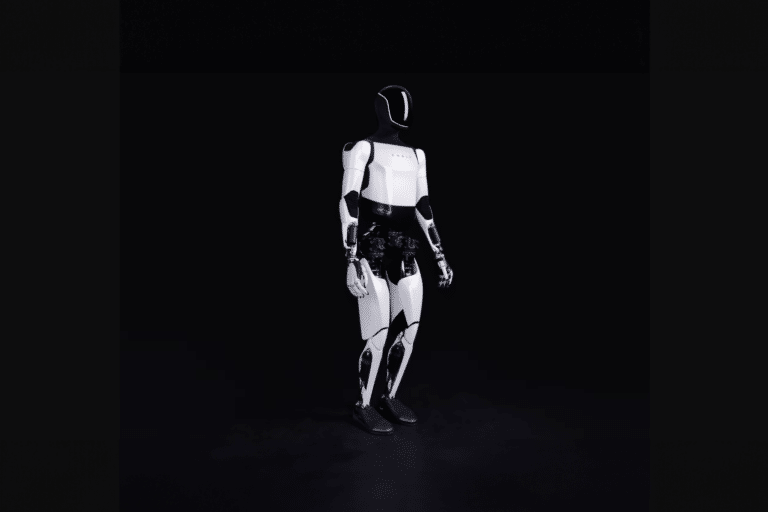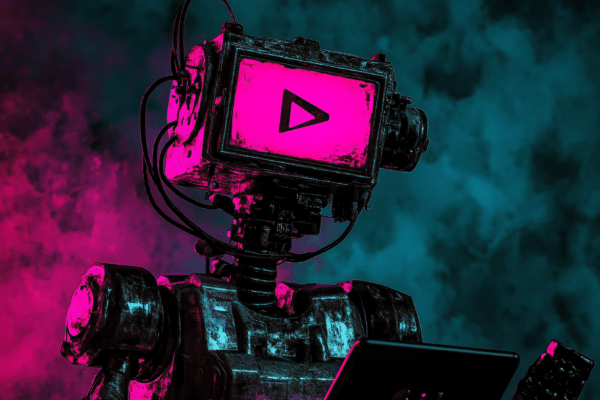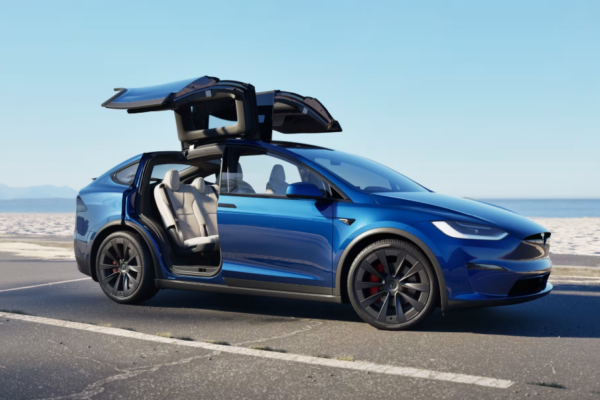Tesla, led by Elon Musk, has revealed its plans to commercialize its humanoid robot, Optimus, by 2026. According to Musk, Optimus is already performing autonomous tasks at Tesla facilities, with internal use expected to begin in 2024. Musk has high expectations for the demand for these robots, projecting over 20 billion units in the long term, combining domestic and industrial use.
Optimus, first introduced in 2021, is a human-shaped robot equipped with cameras and 40 electromechanical joints, allowing for natural movements. The second-generation model, known as Optimus Gen 2, promises enhanced capabilities for household and other tasks. Tesla has significantly invested in this project, with Musk emphasizing that Optimus has become a top priority for the company.
Other tech giants, such as Honda and Hyundai through Boston Dynamics, are also developing humanoid robots. The pandemic has accelerated interest in industrial automation, exacerbated by labor shortages in logistics and production sectors. Generative AI has further pushed advancements in robotics, although challenges remain in developing mechatronic systems and software capable of operating and learning like humans.
Implications and Future of Humanoid Robotics
Tesla's announcement has impacted the market, prompting competitors to speed up their developments. However, there is skepticism about meeting the projected timelines, as Tesla has faced delays in previous projects, such as the robotaxi network promised for 2020. Despite impressive demonstrations, much work remains to achieve truly versatile robots.
The focus on the humanoid form aligns with the idea that robots should be designed for a world built for humans. However, the necessary technology, from environment recognition to object interaction, remains challenging. The industry is in the early stages of this technology, and while some projects may not succeed, others could emerge to dominate the market.
Tesla's announcement about Optimus marks a significant step toward a future where humanoid robots could become integral in both homes and industries. However, the implementation of this technology will depend on overcoming significant technical and market challenges.






